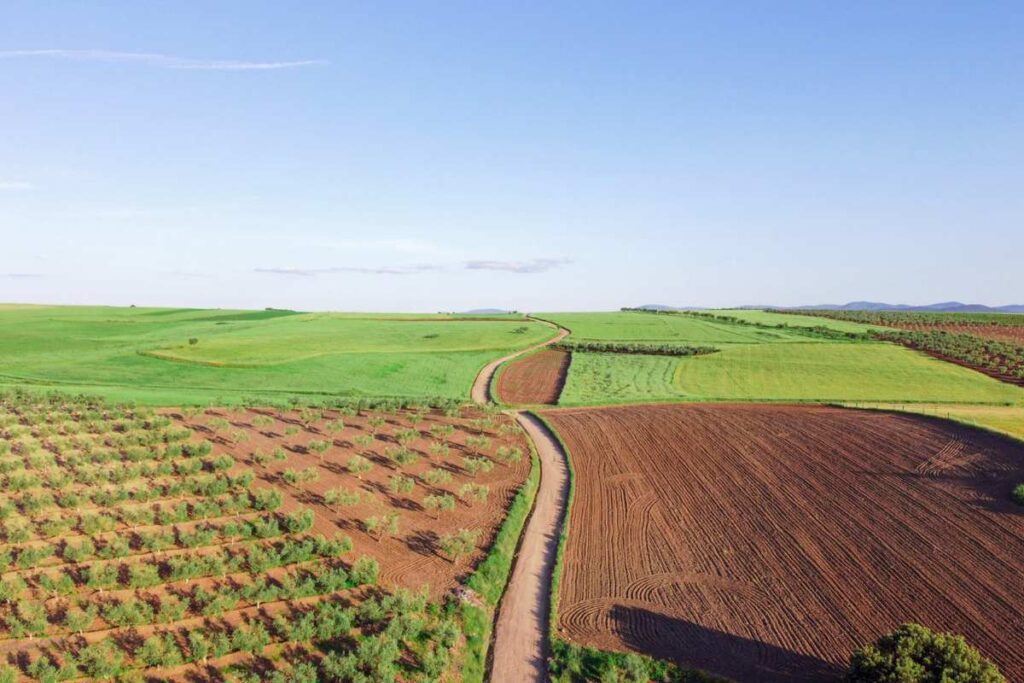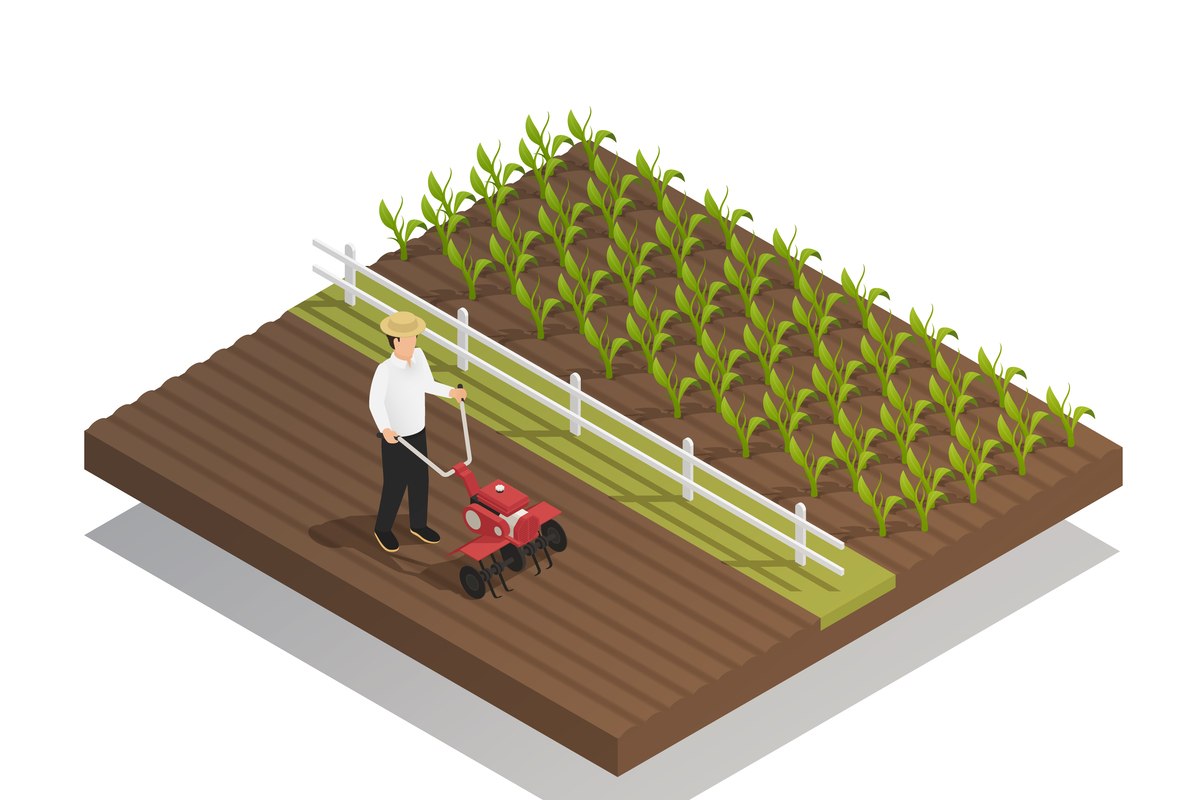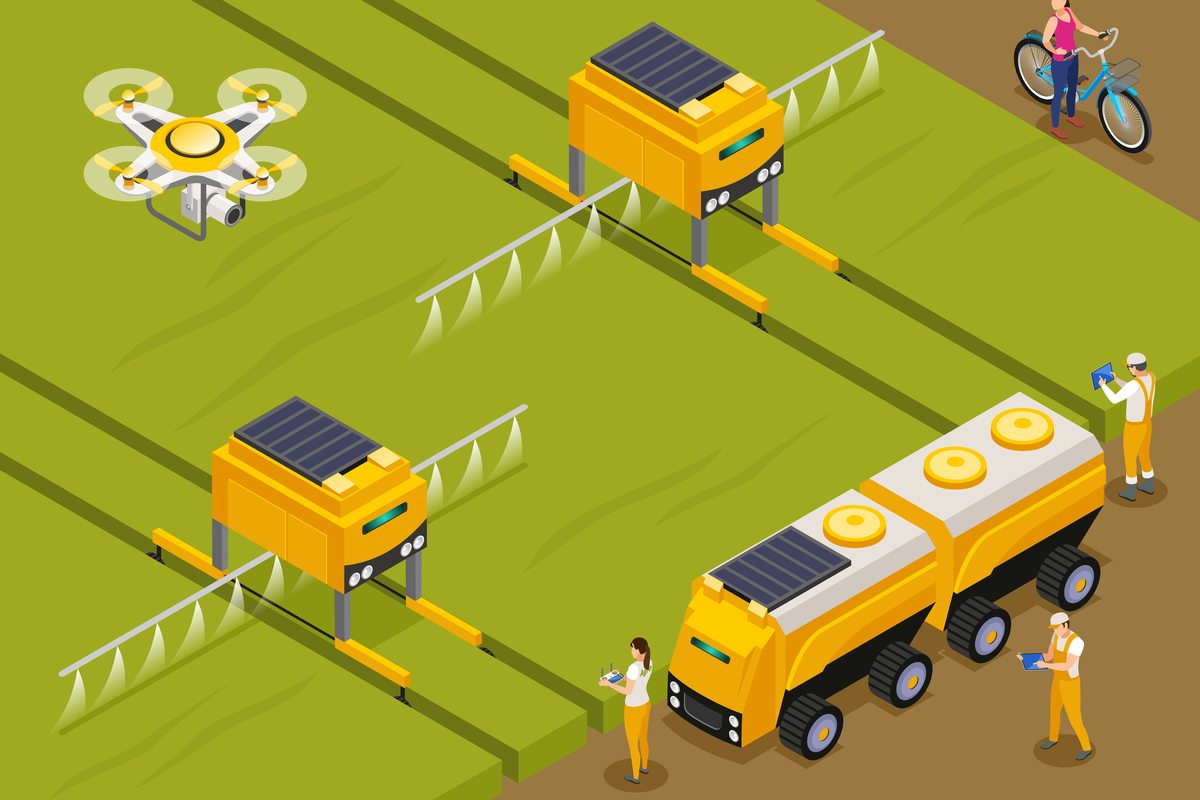Crop rotation is a smart farming technique where different crops are planted in a specific order on the same land over time. This approach keeps the soil healthy, minimizes erosion, and helps control pests and diseases by interrupting their life cycles. For example, after growing grains like wheat or rice, farmers might plant legumes like peas or beans to add nitrogen back into the soil. By alternating crops with different root depths, it also makes sure nutrients are used more efficiently and lowers the chances of depleting the soil. Overall, this practice boosts biodiversity, improves soil quality, and increases farm productivity, making it a key strategy for sustainable agriculture in the long run.
While crop rotation is widely recognized for its benefits, it also has certain disadvantages that farmers need to consider. These challenges can vary depending on the specific crops grown, the region, and the farmer’s expertise. In this article, we will discuss in detail the advantages and disadvantages of crop rotation in agriculture.
Table of Contents
Advantages of Crop Rotation in Agriculture

1. Improves Soil Fertility
Different types of crops need different nutrients, and each one adds something special to the soil. Take legumes like peas or beans, for instance; they help by pulling nitrogen from the air and putting it back into the soil through their roots, which is a natural way to boost soil health. Planting nutrient-hungry crops like grains or veggies after legumes makes the most of the nutrients in the soil, cutting down on the need for chemical fertilizers.
2. Reduces Pest and Disease Incidence
Monoculture farming can cause a rise in pests and diseases that target just one type of crop. When farmers switch up their crops, especially by using different plant families, they can break the cycles of these pests and diseases. For example, if you plant cereals after growing brassicas, it can help keep pest numbers down since those pests that love one crop won’t easily adjust to the new one.
3. Controls Weeds
Crop rotation is a great way to keep weeds in check by changing up the growing conditions and when you plant. Each type of crop grows differently and has its own way of covering the ground, which can block sunlight and stop weeds from sprouting. Plus, switching up when you plant can throw a wrench in the life cycles of some pesky weeds.
4. Enhances Soil Structure
Rotating crops with different root depths improves soil structure and aeration. Deep-rooted plants like alfalfa can break through compacted layers, while those with shallower roots help keep the topsoil intact. This mix of root systems boosts water absorption and reduces soil erosion, which is key for maintaining productive land over time.
5. Optimizes Nutrient Use
Crop rotation ensures that nutrients in the soil are utilized efficiently. For instance, deep-rooted crops can access nutrients from deeper layers, while shallow-rooted crops focus on the upper layers. This reduces nutrient depletion in any specific soil layer and minimizes the need for artificial soil amendments.
6. Reduces Soil Erosion
Certain crops, especially those with dense root systems or ground cover, help protect the soil from wind and water erosion. By alternating such crops in the rotation cycle, farmers can maintain soil stability and prevent the loss of topsoil, which is crucial for fertility.
7. Increases Biodiversity
Crop rotation boosts biodiversity by providing a varied environment for microorganisms, insects, and other wildlife. A thriving soil ecosystem enhances nutrient cycling and helps with natural pest management. Plus, it makes the farming system more resilient to environmental challenges.
8. Improves Yield and Profitability
Better soil health, managed pests, and fewer weeds all contribute to increased crop production. Plus, using fewer chemicals cuts down on costs, which boosts farm profits. A varied cropping system also helps farmers access different markets and minimize financial risks.
Disadvantages of Crop Rotation in Agriculture

1. Complexity and Planning Requirements
Crop rotation requires meticulous planning and a deep understanding of the crops and their requirements. Farmers need to understand which crops work well together, what nutrients they require, and when to plant and harvest them. This can be quite challenging, particularly for small-scale farmers who might not have a lot of knowledge or resources.
2. Increased Labor and Management
The diversity of crops in rotation may demand more labor for planting, maintaining, and harvesting compared to monoculture systems. Managing different planting schedules, pests, and diseases for various crops can increase the workload and require additional expertise.
3. Initial Costs
Switching to crop rotation can come with some upfront expenses, like buying new seeds, equipment, or fertilizers that work for various crops. Farmers might also need to invest in irrigation systems or machinery adaptable to multiple crops, which can be expensive.
4. Risk of Reduced Short-term Profitability
Some crops in the rotation might not bring in as much money as others. For instance, adding legumes or cover crops to improve soil health might not give quick financial gains like cash crops do, which could make farmers who are all about short-term profits hesitant to try them out.
5. Pest and Disease Adaptation
While crop rotation can reduce pest and disease build-up, some pests and pathogens are highly adaptable and may survive dormant periods or shift to alternate hosts. This can undermine the intended benefits of rotation in pest and disease management.
6. Suitability Issues
Not all types of soil, climate, or regions are suitable for diverse crop rotation. Some areas might have environmental or economic limitations that restrict the variety of crops that can be grown effectively.
7. Market and Economic Constraints
Crop rotation usually means mixing up the types of crops grown, but that doesn’t always match what the market wants. If there aren’t enough facilities, processing options, or buyers for some of the crops in the rotation, farmers can end up losing money.
8. Competition for Resources
Crop rotation can create competition for scarce resources like water, particularly in dry areas. Certain crops in the rotation may need more water, making it trickier to manage water resources effectively.
Conclusion
In conclusion, crop rotation is super important for sustainable farming. It brings a bunch of benefits like better soil health, improved pest control, less soil erosion, and more efficient use of nutrients. All these perks help keep farming productive and good for the environment over time. But it does come with some hurdles, like needing careful planning, more labor, possible market issues, and upfront costs. While the advantages often outweigh the disadvantages in the long run, the success of crop rotation depends on careful consideration of local conditions, crop compatibility, and farmers’ knowledge and resources. By addressing its challenges and optimizing its implementation, crop rotation can serve as a powerful tool for achieving balanced and resilient agricultural systems.







